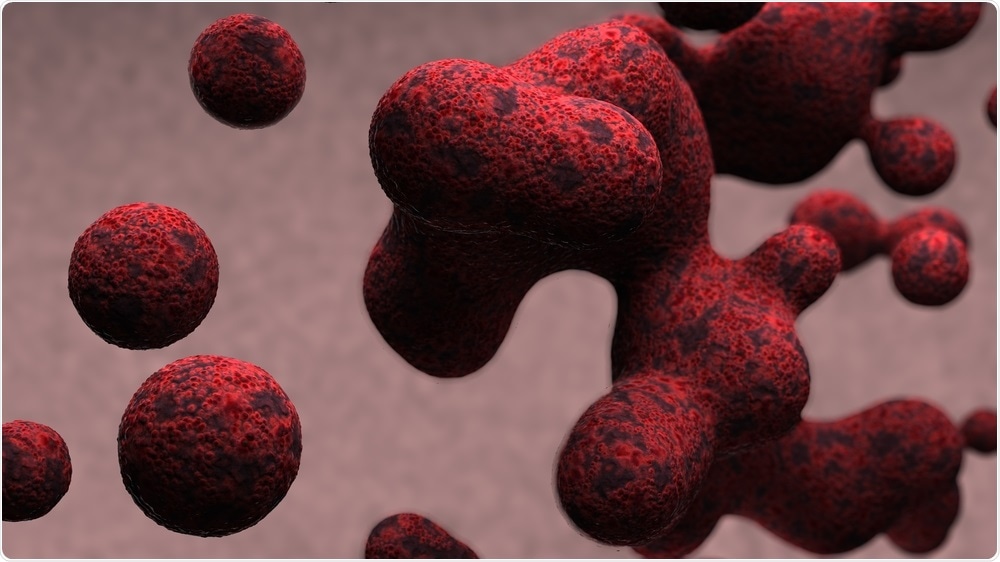Research published today shows that circulating tumor cell count may provide an effective indicator of appropriate treatment choice for metastatic breast cancer. The risk of death was 35% lower among patients whose treatment was escalated according to the level of circulating tumor cells.

Suzi44 | Shutterstock
It has been estimated that more than 154,000 women in the US have metastatic breast cancer; the most advanced and difficult stage of the disease. Although it cannot be cured, treatments are given to delay progression and extend life expectancy.
The physician must decide whether hormone therapy is adequate enough to stem the spread of the cancer, or whether chemotherapy, with a risk of more severe side effects, is required. Treatment is thus based on a subjective evaluation.
Two main treatment options exist for patients newly diagnosed with metastatic, ER+, HER2- breast cancer: hormone therapy or chemotherapy (eventually followed by maintenance hormone therapy). There is, unfortunately, no validated predictive biomarker to guide that choice."
Francois-Clement Bidard, Institut Curie
Although chemotherapy is only recommended for patients presenting with adverse prognostic factors, these factors are not well defined and different physicians may recommend different treatment strategies for the same patient.
Circulating tumor cell count is known to be a strong prognostic marker in ER+, HER2- metastatic breast cancer.
A phase III study assessed whether the evaluation of a patient's prognosis by measuring circulating tumor cell count could facilitate the choice between hormone therapy and chemotherapy.
The trial included 778 patients with ER+, HER2- metastatic breast cancer who all received either hormone therapy or chemotherapy. Half of the patients were randomized to receive treatment according to physician evaluation of clinical factors.
The treatment decision for the other half of the patients was based on circulating tumor cell count. If a blood sample contained fewer than 5 tumor cells, hormone therapy was prescribed; if it contained more than 5 tumor cells, chemotherapy was administered.
Among the patients randomized to receive treatment according to circulating tumor cell count, a third of those who would have been prescribed hormone therapy based on clinical evaluation received chemotherapy and more than half of the patients would have been given chemotherapy based on clinical evaluation received hormone therapy.
Progression-free survival (PFS) was not inferior in the circulating tumor cell count group compared with the clinical evaluation group.
Patients whose treatment was escalated to chemotherapy based on circulating tumor cell count had a significantly longer PFS than patients in the clinically driven arm who had a high circulating tumor cell count. Indeed, these patients were 34% less likely to experience disease progression and had a 35% lower risk of death.
Professor Bidard commented "... in the 292 patients with discordant treatment recommendations (between the clinician estimate and the circulating tumor cell count), frontline chemotherapy was associated with a significant 35% decrease in the risk of death... our results suggest that modern prognostic biomarkers, such as the circulating tumor cell count, may lead to better patient survival".
Hormone therapy combined with CDK4/6 inhibitors became a first-line therapy for metastatic breast cancer after the initiation of this study.
Consequently, although frontline chemotherapy was associated with a significant gain in overall survival, doctors are more likely to recommend front-line treatment of hormone therapy plus a CDK4/6 inhibitor.